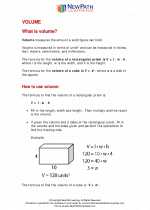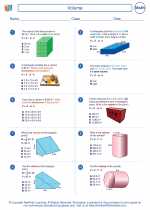Arithmetic Operators
Arithmetic operators are symbols used in mathematics to perform basic arithmetic operations on numerical values. The most common arithmetic operators are addition (+), subtraction (-), multiplication (*), and division (/).
Addition (+)
The addition operator is used to find the sum of two or more numbers. For example:
3 + 5 = 8
Subtraction (-)
The subtraction operator is used to find the difference between two numbers. For example:
7 - 4 = 3
Multiplication (*)
The multiplication operator is used to find the product of two or more numbers. For example:
2 * 6 = 12
Division (/)
The division operator is used to find the quotient of two numbers. For example:
10 / 2 = 5
Order of Operations
When using multiple arithmetic operators in an expression, it's important to follow the correct order of operations, which is parentheses, exponents, multiplication and division (from left to right), and addition and subtraction (from left to right). This order can be remembered using the acronym "PEMDAS" (Parentheses, Exponents, Multiplication and Division, Addition and Subtraction).
Study Guide
- What are the four main arithmetic operators?
- Provide an example of each arithmetic operation.
- Explain the order of operations and give an example of how it is used in a mathematical expression.
- Practice solving arithmetic problems using each of the four operators and the order of operations.
By understanding and practicing with arithmetic operators, you can become proficient in solving mathematical problems involving basic arithmetic operations. Good luck with your studies!
.



